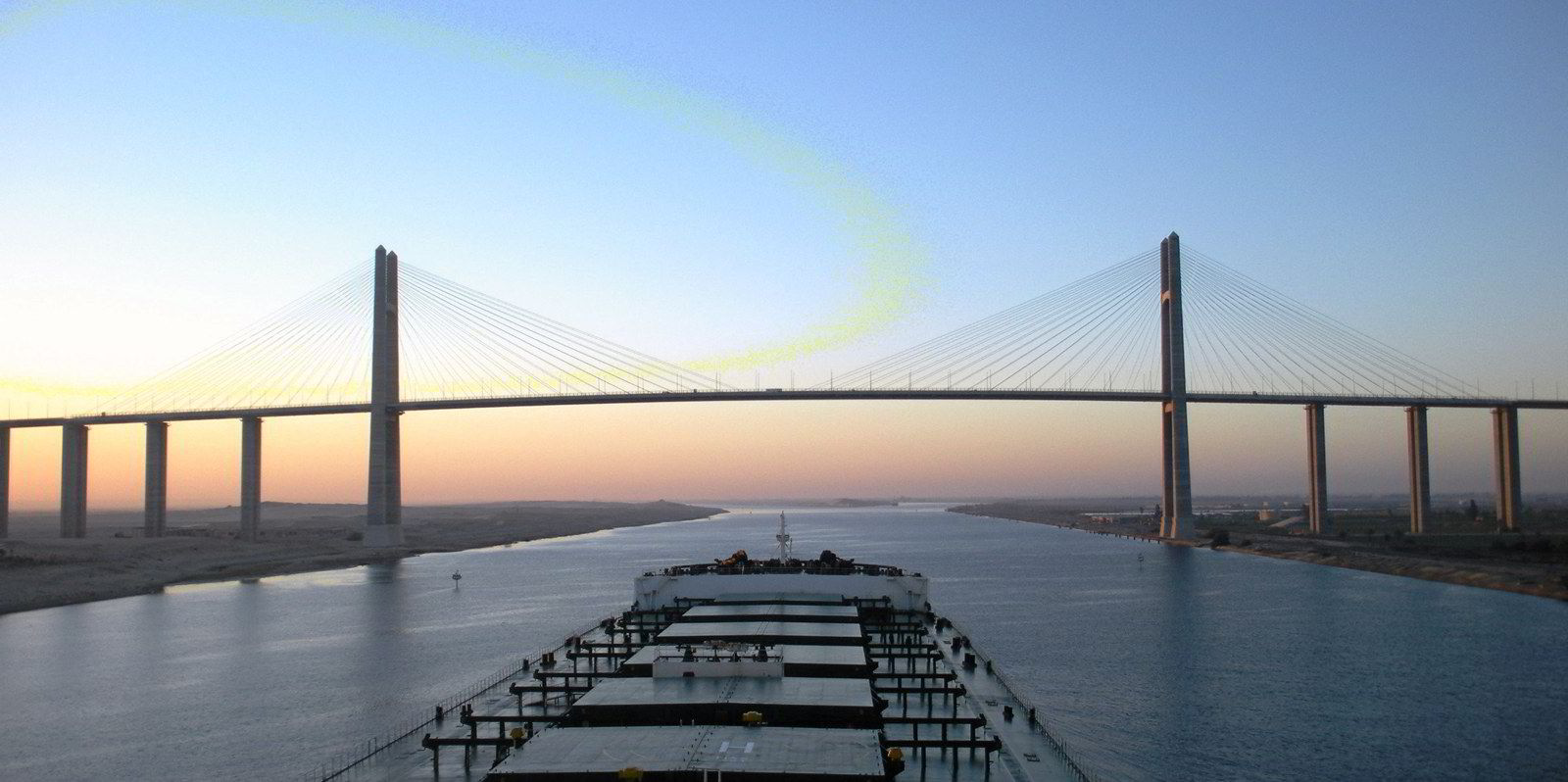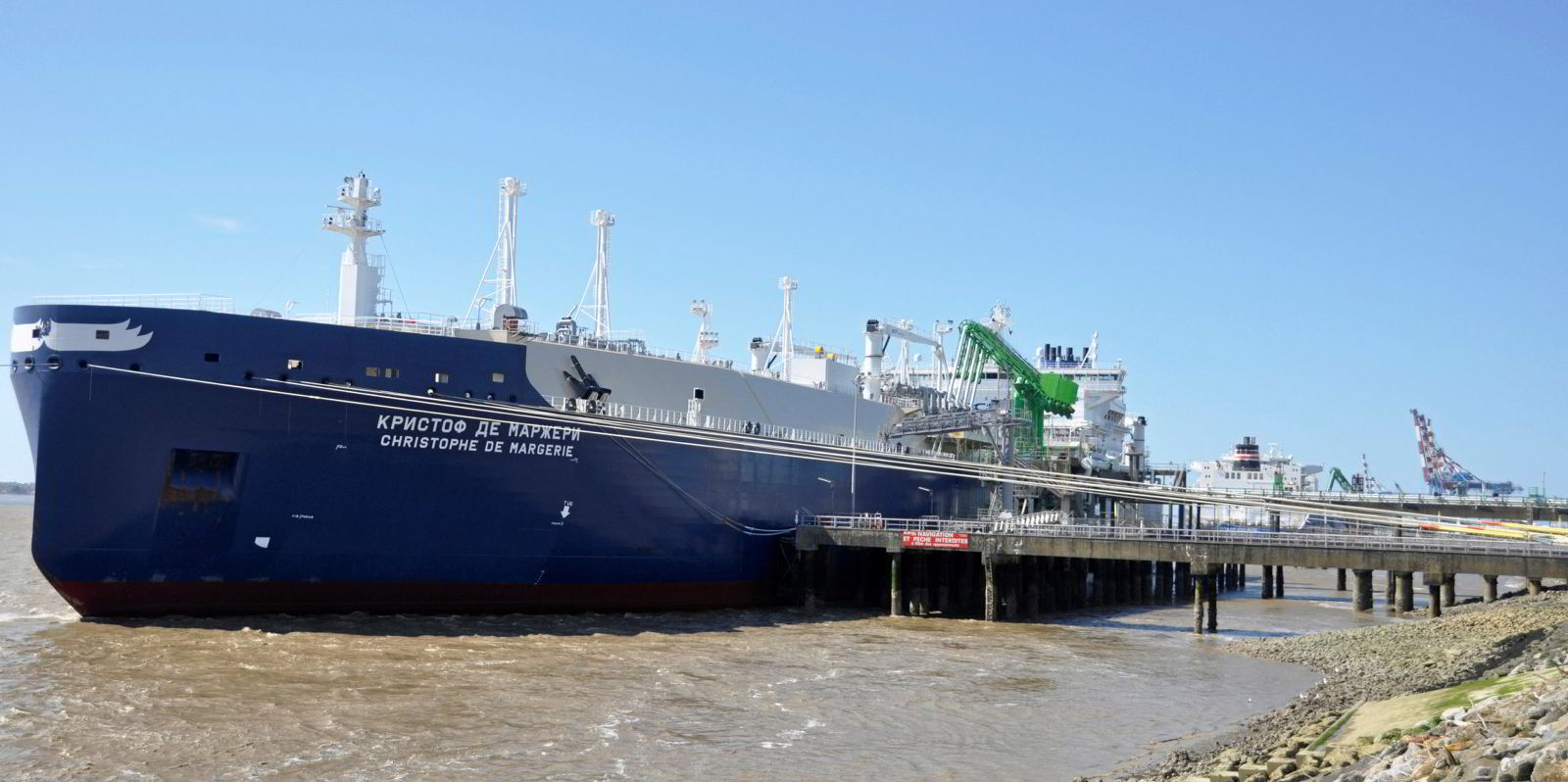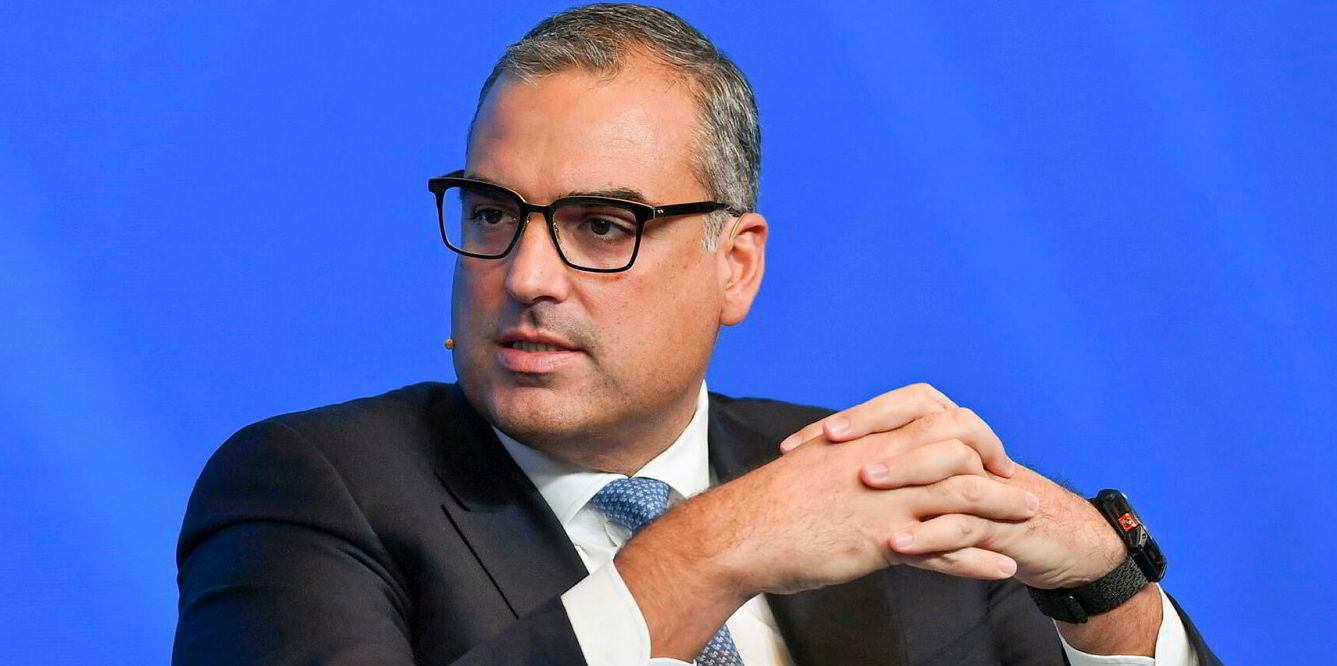LNG carriers ended 2023 with more of a whimper than the bang of record spot charter rates seen a year ago. But which direction are they headed for 2024?
Asked about the charter market, one shipowner said: “It’s anyone’s guess,” going on to describe the outlook for the sector as “clear as mud”.
“For all I know, it could fall off a cliff,” he said, “but that cliff won’t last very long.”
His views sum up both the uncertainty and air of fragile balance that appears to be hanging over the LNG shipping sector as the year turns.
While some on the shipowning side see the first half of 2024 as potentially quite tight, project developers and charterers speak about a constant stream of vessels being offered to them.
Another LNG carrier owner said the fundamentals for 2024 do not look great.
He said Europe is turning the year well stocked with LNG and there is not much new LNG supply coming to the market in 2024.
Flex LNG chief executive Oystein Kalleklev told TradeWinds: “Next year, we will see more ships than molecules hitting the water, so we do expect a somewhat softer market until the market balance starts to improve from 2026 onwards as more export capacity, particularly in the US and Qatar, is coming onstream.”
But on the flip side, a cold snap in Europe or Asia could draw in more cargoes, soaking up vessels for floating storage in one basin or lengthening tonne-miles with longer voyages to the other.
The ongoing dearth of Panama Canal slots and the ever-tightening security fears over the Middle East region are also pushing out voyage times, which will put more pressure on tonnage.
Kalleklev also points to the incoming regulations: “We will also see the EU ETS coming into force and, with European buyers still short of natural gas, they will continue to buy a lot of the flexible US spot cargoes which means a flurry of carbon which needs to be bought by owners and charterers.”
Super-haul
Newbuilding deliveries for 2024 number 69 ships, according to shipbroker Fearnleys, with the bulk of them skewed towards the second half.
But that is nothing compared with the avalanche of new ships due to be disgorged onto the market from 2025 when the broker lists a whopping 88 vessels scheduled for handover, with 73 to follow in 2026.
QatarEnergy’s phase 2 shipbuilding programme is expected to add more than 50 more ships to the mix with a question mark still hanging over 17 berths reserved for the TotalEnergies-led Mozambique LNG project.
While the bulk of on-order newbuildings is committed to project business, liquefaction start-up delays are making some industry players nervous that some ships could be left in limbo, seeking employment.

But the huge elephant in the room for 2024 is the ongoing issue of fleet replacement and how this might unfold.
Some believe 2024 will be a year when the future for LNG steam turbine vessels is brought sharply into focus, with one shipping manager describing it as the “big, big question” for the coming year.
For LNG steamships of 145,000 cbm and larger, at least one owner feels there will be interest for period business as these are the vessels at the slightly larger end of the capacity spectrum for this vessel type.
But for the smaller vessels, many say a phase-out is looming large.
Cool Company chief executive Richard Tyrrell said on a December Capital Link webinar that the steamships have had an extra lease of life due to the Russia-Ukraine war when tonnage was needed. But he said that due to the Carbon Intensity Indicator and growing commercial pressures, these vessels may either be idled or exit the market altogether in the future.
Slim pickings
For those looking at LNG carrier newbuildings, 2024 is likely to prove a year of slim pickings for early delivery slots.
Brokers reported that the last of the 2027 berths are now being mopped up with the main delivery windows focused on 2028 — four years out.
With prices stubbornly sitting at $260m-plus per vessel and delivered costs in the $280m to $290m range, owners said this will require daily charter rates in the region of $110,000 to $120,000, depending on how operating costs are defined.
But they report that charterers are offering levels closer to $95,000 per day, presenting a yawning gulf on newbuilding earnings and making those contemplating new orders particularly wary.
The focus on fleet renewal, coupled with high prices at shipyards and lack of early berth capacity, is leading some to reassess their fleets, Fearnley LNG said in a note.
“We expect to see more vessels actively marketed for sale and would anticipate that the S&P market in 2024 will be equally active to that of this year,” the broker said.







